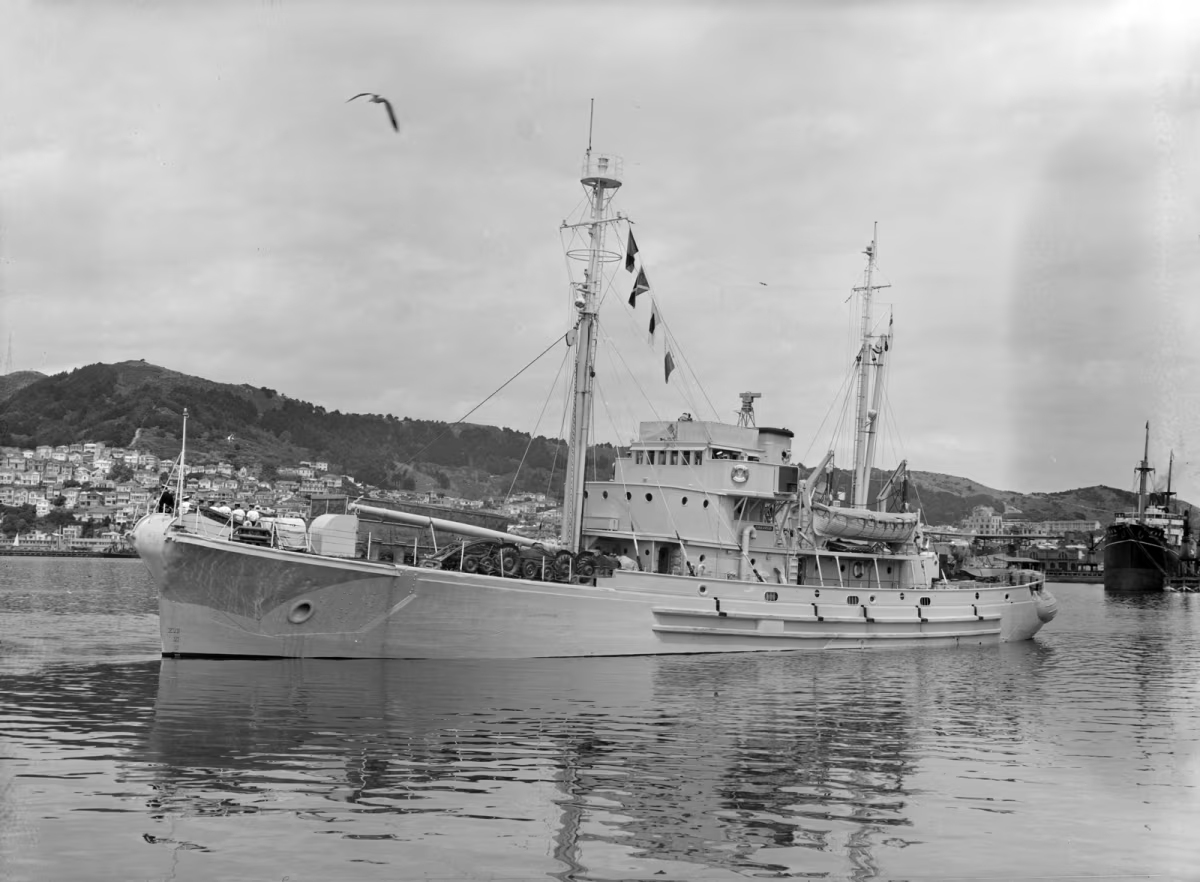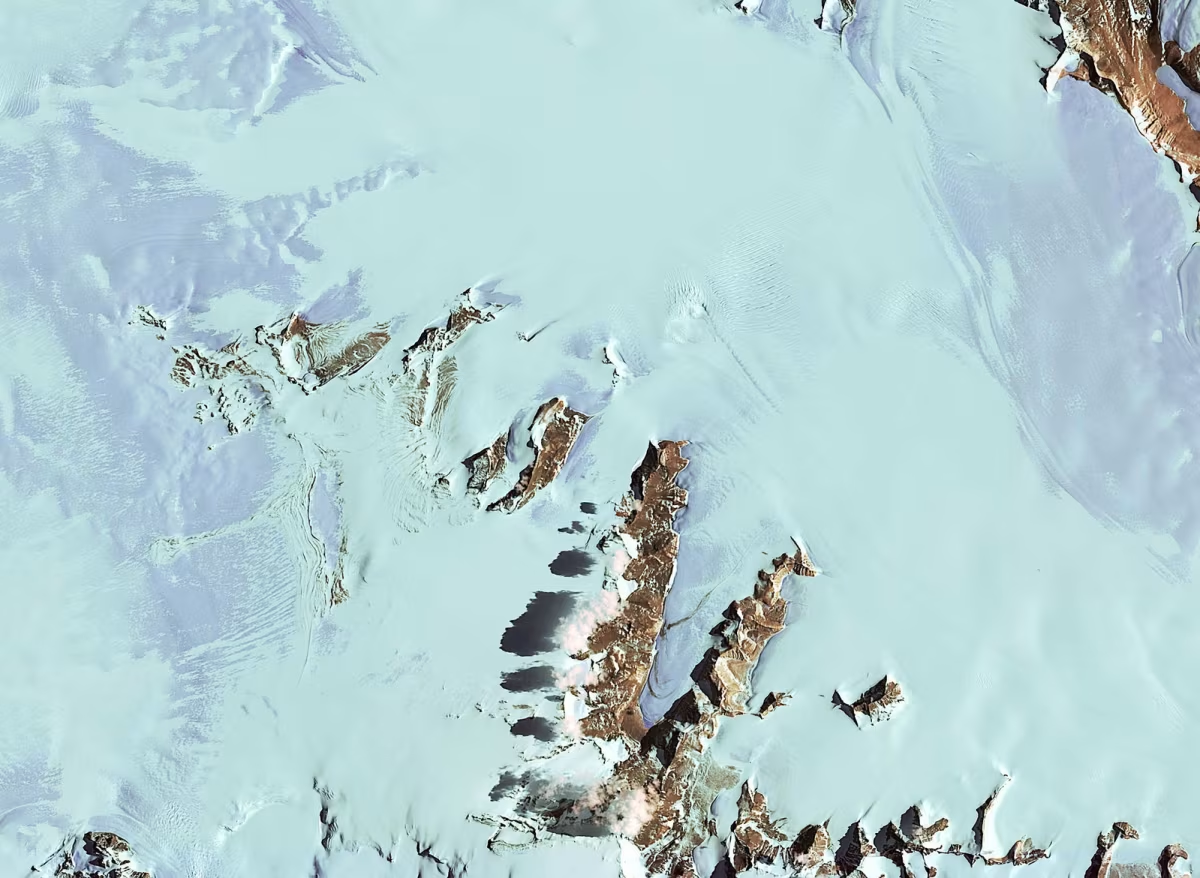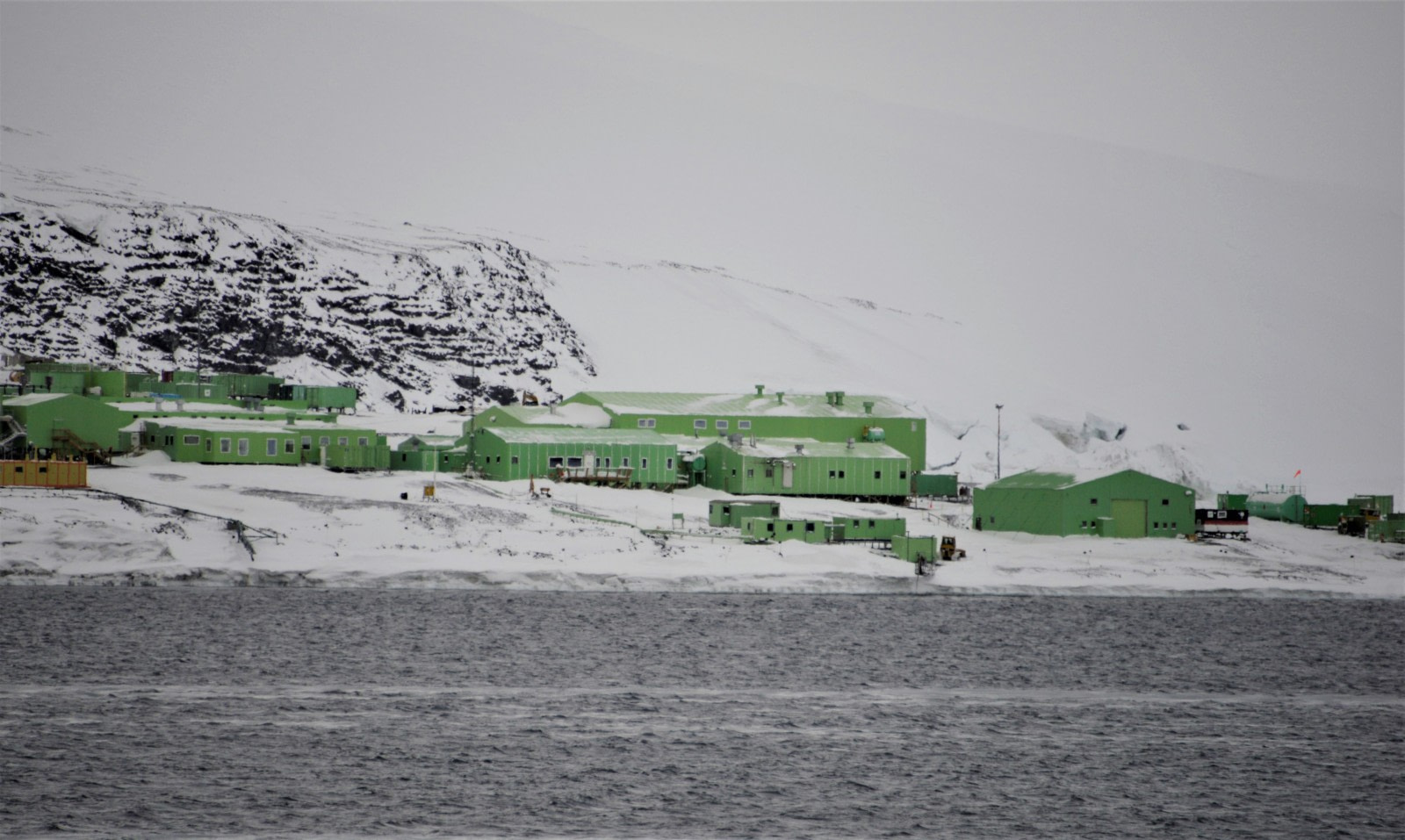Scott Base’s 60th anniversary
The Trans-Antarctic Expedition (TAE), also known as the Commonwealth Trans-Antarctic Expedition (CTAE), aimed to complete the first overland crossing of the Antarctic Continent: a 3,473-km journey from the Weddell Sea all the way to McMurdo Sound via the South Pole. The TAE consisted of two teams: The Crossing Party, led by Dr Vivian Fuchs of Britain and the Ross Sea Party, led by New Zealand explorer, Sir Edmund Hilary. The Ross Sea Party’s role in the TAE was to support the Crossing Party’s attempt by building a base at McMurdo Sound, laying supply depots and establishing a vehicle route from the Polar Plateau through the Western mountains and back to Ross Island.
Laying the foundations down of the future Scott Base
On 21 December 1956, the HMNZS Endeavour left Wellington, New Zealand, for Antarctica carrying the Ross Sea Party expedition team along with various forms of transportation to support the expedition including dogs, sno-cats, Ferguson tractors and Auster and Beaver aircraft. Once the team arrived in McMurdo Sound, the team began the task of constructing a base, that became known as Scott Base, from which they would launch reconnaissance flights as well as dog teams to explore possible routes for the Crossing Party. They did this all the way till March 1957. By September of that year the team tested their equipment during coastal explorations around the Dry Valleys and Ferrar Glacier.

By Unidentified staff photographer for The Evening Post via Wikimedia Commons
Laying the supplies out for the Antarctic crossing
On 24 November 1957, the Crossing Part set forth on their expedition, departing from the Weddell Sea. They reached the South Pole on 19 January 1958 and by March they had arrived at their destination Scott Base. All in all taking just 99 days to do it. To make this all possible, the Ross Sea Party, along with what was called the Southern Tractor Party that included Edmund Hillary, left Scott Base on 14 October 1957. They carried 10 tonnes of cargo, three Ferguson tractors and one Weasel (tracked vehicle) in tow. They charted a route from Scott Base to the South Pole and cached supplies and food en-route, reaching the South Pole on 4 January 1958.

By Cliff Dickey, electronics technician, U.S. Navy.[1] (https://www.usap.gov/; exact source) via Wikimedia Commons
Not all play and no work: Science on the ice
In addition, the TAE conducted geological surveys along the polar route with three field parties assisted by aircraft. Meanwhile, the TAE’s Northern Survey Party conducted a four-month exploration of the Mawson and Skelton glaciers, the Southern Survey Party explored the Nimrod and Beardmore glaciers and the Darwin Glacier Survey Party explored the Mulock and Barne glaciers. In total, the three scientific parties explored over 100,000 square kilometres of uncharted continent. The Otter aircraft flew non-stop from the Weddell Sea to Scott Base (via the South Pole) on 6 January 1958, the first single engine aircraft ever to fly non-stop across Antarctica.

Darwin Glacier, by USGS (https://www.rosssea.info/glaciers.html) via Wikimedia Commons
The humble beginning of Scott Base
Scott Base, which is today New Zealand’s permanent station in Antarctica, officially opened on January 20, 1957. It was only meant to be a temporary base for TAE. At the same time, the base was also used for scientific researching being undertaken as part of the International Geophysical Year (IGY) between 1 July 1957 and 31 December 1958. To support the TAE, and associated science of the IGY, Scott Base had to be designed, constructed, transported and established in Antarctica in less than 12 months. The plan was that Scott Base could comprise a series of six huts connected by covered walkways. Each building was to be no less than the precise 7.6 metres apart to minimise the danger of fire (in a location lacking water).
The six huts built were:
- A mess, radio room and leaders office (A Hut)
- A scientific hut with laboratory and darkroom (B Hut)
- A large sleeping hut with 14 separate cubicles (C Hut)
- An additional accommodation hut with 6 bunks in separate cubicles and medical room (D Hut)
- A hut for ablutions and generators (E Hut)
- A workshop also containing generators (F Hut).
In addition, there were also two smaller huts (G and H Huts), which contained magnetometers and three seismographs.
The huts keeping the cold out
Of the six buildings, four of the buildings came from Australia and were similar to those built at Mawson Base, which were proved to be easily erected. These huts had wall and roof panels with fire-resistant foam insulation and were clad in aluminium alloy sheeting to avoid water vapour penetration. The other two huts were made in New Zealand and had heavier framing, fibreglass insulation and a fireproof inner lining. A pair of refrigerator-like doors were added to each hut with a “cold porch” between. The huts were essentially refrigerators in reverse: keeping the cold out.
Assembly in New Zealand
Each of the huts were erected in New Zealand prior to sending them to Antarctica. Every component was fitted, numbered and coded. Each of the buildings was then systematically dismantled and packed in reverse order to assist in its reconstruction, with delivery to Antarctica courtesy of two naval ships, one from the U.S. Navy and the other from the New Zealand Navy.
The TAE Hut
A Hut was the first building of the first base built by New Zealand in Antarctica. The first men to use it were the builders who slept in it while they erected the rest of the base. Edmund Hillary later elected to use the area in A Hut set aside as the leader’s office, for his bunkroom. A Hut became the focal point for many important events. Meals were cooked and eaten there, a radiogram played in the background, books were read in the small corner library, films were shown, and many debates were held. It even doubled up as the local ‘church’.
The TAE Hut today, preserved in time
Today, the TAE hut is one of three remaining original Scott Base buildings. It is essentially a living museum, with many items left by Hillary and his men to be found in the room. Now it provides a quiet haven for Scott Base staff wanting a break from communal base living. The two other original huts (G and H huts) still house the original scientific instruments from the IGY.
The TAE hut is now part of an expanded Scott Base that can accommodate up to 85 people in addition to storing safety and logistical equipment for scientists. It also has labs, a computer network and satellite communications in addition to engineering and mechanical workshops and even a gym. Nearly 400 people from New Zealand as well as overseas researchers pass through the pass during the Antarctic season that runs from October to February.
The world’s coolest TEDx talk
To celebrate the 60th anniversary of Scott Base, Antarctica New Zealand hosted a first-of-its-kind TEDxScottBase event with speakers including New Zealand photographer Jane Ussher who documented the historic huts of Scott and Shackleton before they were restored, Dan Barry, a former NASA astronaut and a veteran of three space flights and two trips to the International Space Station and film-maker Anthony Powell, who has lived on the ice for 114 months, including 10 winters. While the talk was limited to scientists and support staff already in Antarctica, the talk was relayed around the world via a dedicated website.

